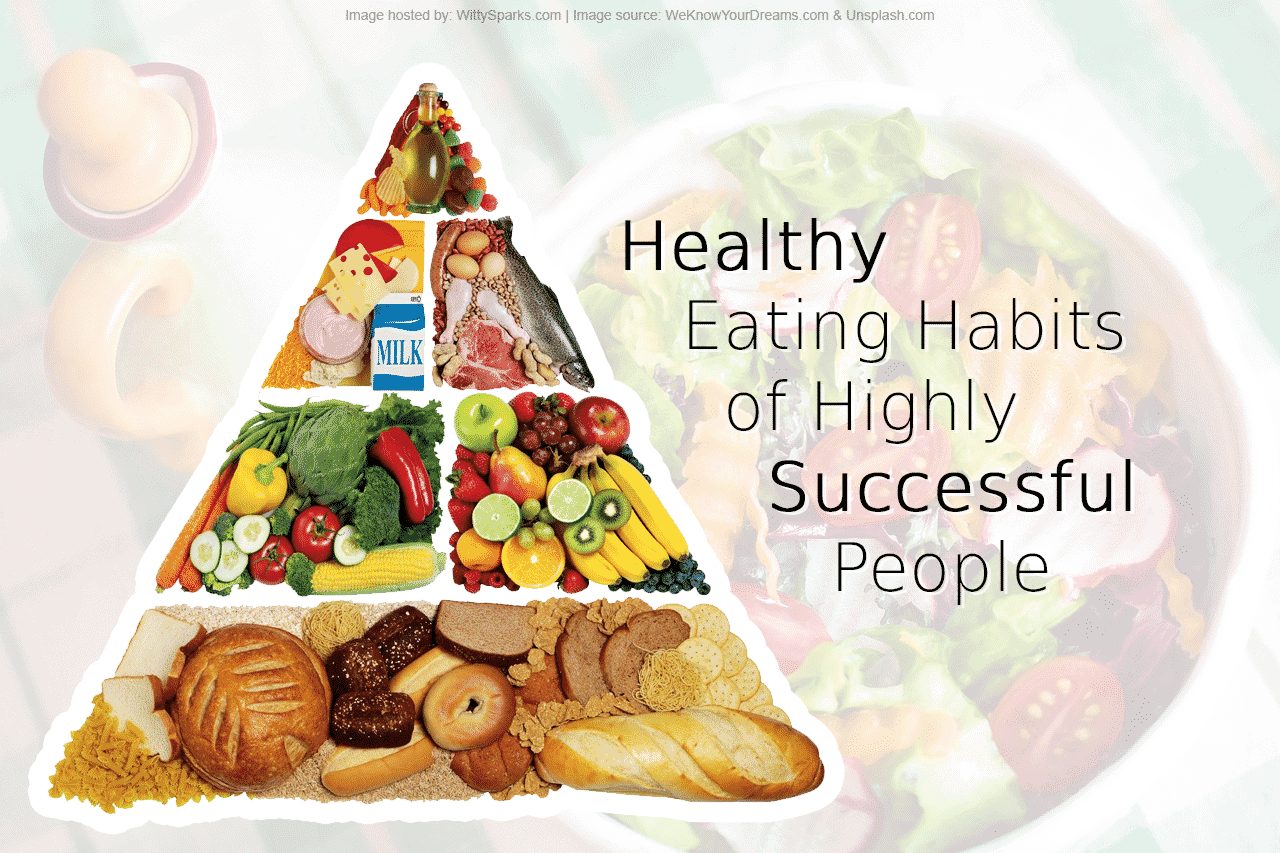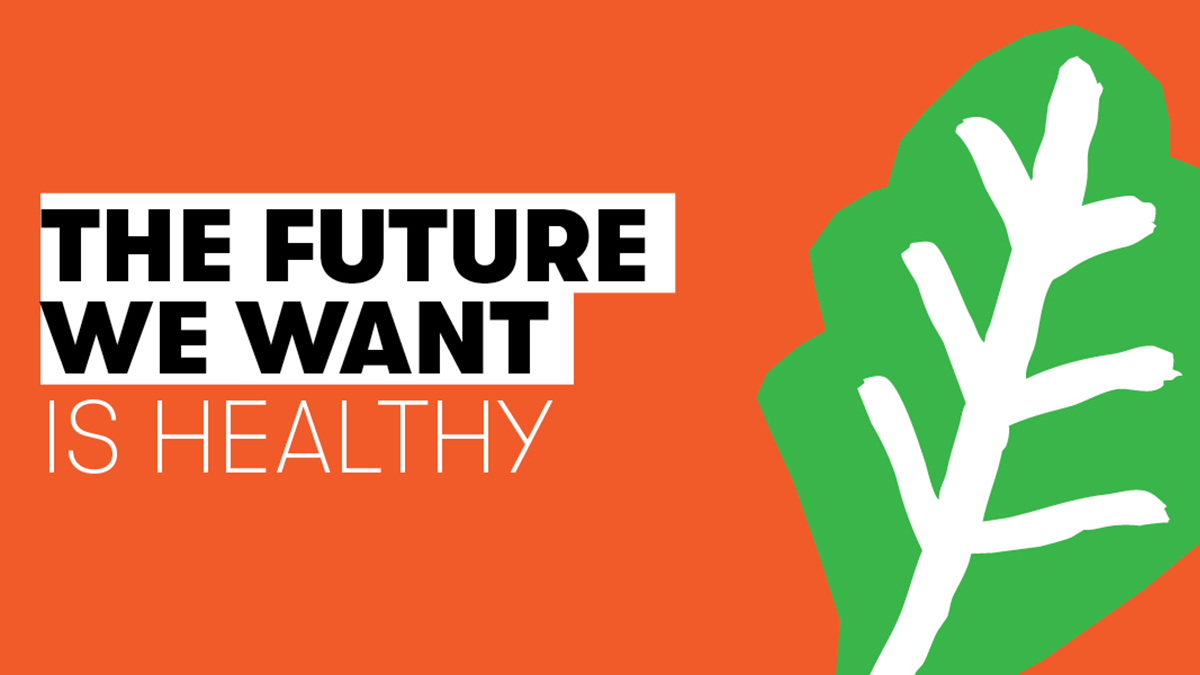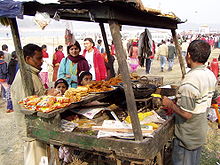CITIES FOOD EATING PRACTICES:
CITIES FOOD EATING PRACTICES:

- Stories of our work:
- Food Trails:Food Trails is enabling the co-design of pilot activities and urban food policies in 11 European cities. Food Trails is a four-year EU Horizon 2020 project led by the City of Milan, and brings together a consortium of 19 partners, of which EAT is a member.
- FoodSHIFT2030
EAT is a partner in FoodSHIFT2030, an EU Horizon 2020 initiative that aims to foster citizen-driven innovation for food systems transformation. - Oslo Youth for Healthy and Sustainable Diets
Translating science from the EAT-Lancet Commission into accessible knowledge and city-level action in Oslo, EAT consulted local youth to develop and share recommendations on how public spaces and school meals could be reconsidered with health and sustainability in mind. - Shifting Urban Diets (2019-2021)
The 3-year project worked with the City of Copenhagen and partners to translate the findings of the EAT-Lancet report at a city level – moving from global science to local action and interventions. Over the long run, the project aims to replicate and scale the methodology to other cities. - Milan Urban Policy Food Pact (MUFPP)
The MUFPP is the first international convention addressing urban food systems, currently signed by over 200 mayors. EAT has served on the evaluation committee for the Milan Pact Awards since 2016 and has participated in the annual Milan Pact Mayors’ Summit. - EAT-C40 Food Systems Network
The Food Systems Network, delivered in partnership with C40, supports city efforts to create and implement integrated food policies that reduce greenhouse gas emissions, increase resiliency and deliver improved health and nutrition outcomes. Launched in 2016 at the EAT Stockholm Food Forum, and building on the activities of the MUFPP, the Network now boasts 50 member cities spread across five continents. - CHEW – Children Eating Well
As part of CHEW, an ongoing collaboration between EAT and UNICEF, EAT contributed to the development of UNICEF’s handbook on child-responsive urban planning and a joint Policy Brief, outlining useful concepts and tools to create thriving and equitable cities for children.
Places for change
With the vast majority of food consumption happening in urban areas, the choices that city authorities make on procurement, managing systems for food loss and waste, and designing and regulating the urban food environment all represent great opportunities for system change and massive investment. Their power can shape markets and influence private sector responses to the growing demand for sustainable and healthy food.



The traditional foods pictured here are examples of how people got, and continue to get, nutrients found in milk
Local action, global impact
Today, cities are home to over half the world’s population. By 2050, more than two-thirds of the globe will be living in urban areas. At a time of rapid urbanization, cities are becoming increasingly important agents of change including on policies and action aimed at providing access to healthy diets for all. Getting food systems right at the urban level will be an important way for countries to turn global commitments into local realities and fundamental to achieving the United Nations’ Sustainable Development Goals while limiting global warming to 1.5°C.
food challenges experienced in cities:
Rising globalization and urbanization have rapidly shifted urban consumption patterns around the world. With unhealthy diets now the leading cause of death globally and a major contributor to climate change, a shift towards healthier and more sustainable eating can have many benefits for residents and the economy.
Urban food environments as risk factors for poor health
Many city-dwellers are experiencing undernutrition: hidden hunger, and overweight and obesity simultaneously, contributing to soaring rates of diet-related diseases, such as diabetes and heart disease. At the same time, many urban populations—particularly in informal settlements and low-income areas—experience acute hunger and malnutrition due to limited access to affordable, healthy food. Modern urban food environments have the potential to improve access to nutritious foods.

More resources for urban food system transformation
- C40 Cities
- The George Institute for Global Health
- Global Panel on Agriculture and Food Systems for Nutrition (GloPAN)


Comments
Post a Comment